There can be your advertisement
300x150
3 Ways to Use Passive Solar Energy in Your Home
Humanity has been using solar energy for over a thousand years, especially for food preservation. In recent centuries, people have discovered new ways to use solar energy, such as for industrial applications. As technology advances, the benefits of using solar energy to power your home have become more evident.
For most homeowners, the significant savings they can achieve make them switch to solar energy. For some, there's no better reason than protecting the environment, especially considering the consequences of climate change, global warming, natural disasters, and other ecological issues we face today. However, you may not be ready to install a self-contained solar system, but that shouldn't worry you as you can still enjoy the benefits of solar energy without installing a solar system in your home. From free to affordable solutions, homeowners can harness and use solar energy in many ways.
This article discusses what you need to know about passive solar energy. You will learn the definition of passive solar energy, how to use it and much more.
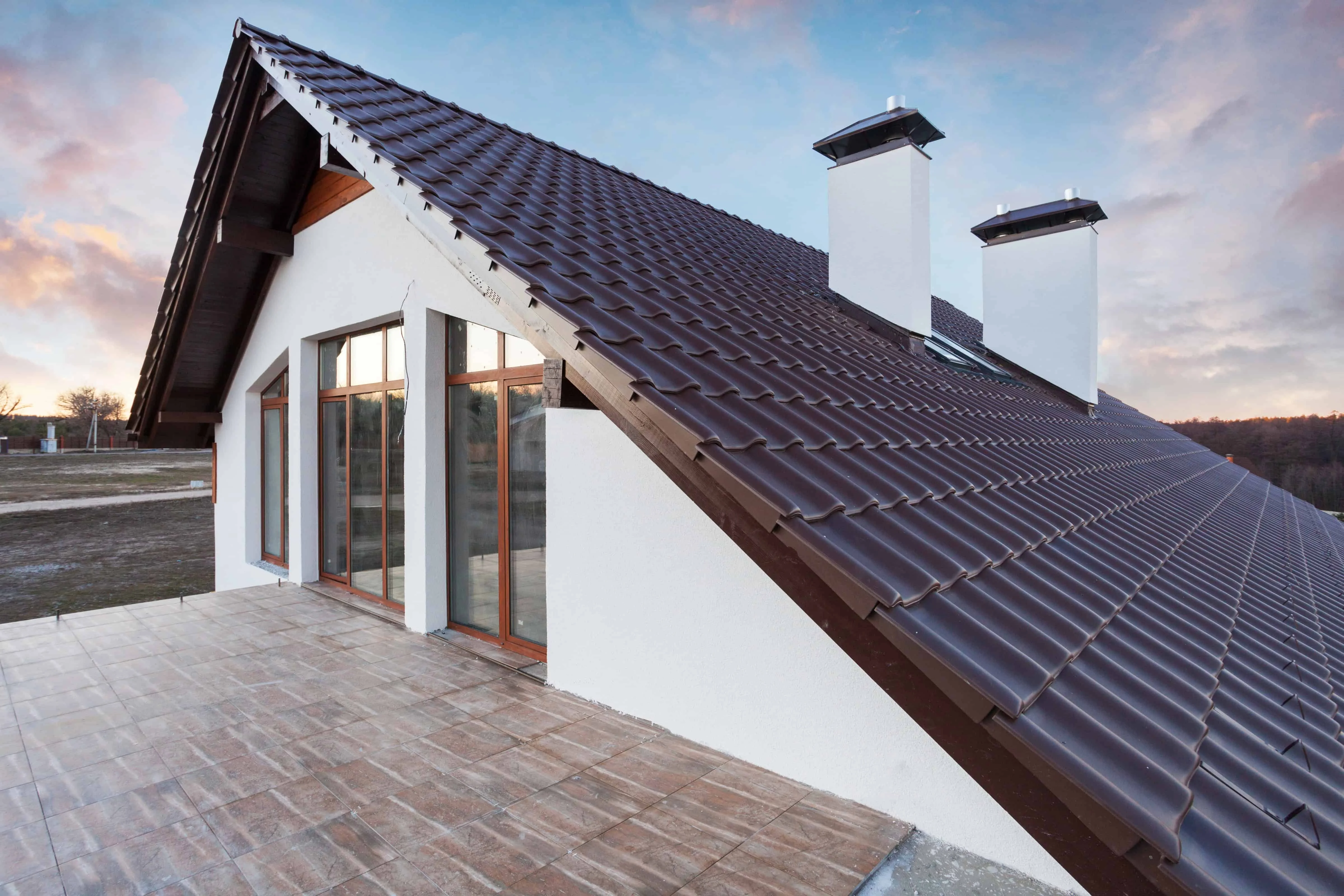
What is Passive Solar Energy?
Passive solar energy directly uses the sun's energy for cooling or heating. It bypasses the need to use mechanical or electrical means to capture and utilize solar energy. In new homes, owners do not need to install a boiler or solar panels to use solar energy. Instead, available materials and windows can allow homeowners to collect, absorb, and distribute solar energy throughout the house. Passive solar energy is based on the law of thermodynamics, which states that thermal energy transfers from hot surfaces to cold ones through convection.
You can choose from several service providers, which may be challenging if you lack the necessary knowledge. You can also visit websites such as https://www.smartsolarenergyco.com to learn more about solar energy. However, ensure you do sufficient preliminary research to guarantee choosing a reliable provider that offers value for your money.
What is the Difference Between Active and Passive Solar Energy?
The main difference between active and passive solar energy is that passive solar heating does not require a specialized system to capture and distribute solar energy throughout the house. On the other hand, active solar energy requires specialized equipment such as solar panels to capture solar energy to supplement heating systems.
Another difference is that active solar heating can be more expensive than passive. This is because active heating requires specialized equipment, which is costly to purchase, install and maintain. However, passive heating may require special building design with higher initial costs.

How to Use Passive Solar Energy in Your Home
You can use passive solar energy to heat and cool your home in several ways:
1. Shading Technology
This is one way to capture and use passive solar energy. Shading technology describes home additions that prevent overheating or cooling of rooms. These can include roof overhangs, deciduous trees and other solutions. However, shading is not a new concept; it's one of the effective ways to use passive solar energy that has existed for many years. The following are shading technologies:
- Wide Overhangs
Overhangs are roof extensions that extend beyond the home's walls. These roof extensions are designed to block sunlight from heating your living space in summer. In winter, when the sun is low, overhangs won't block solar energy from heating your living space. Before installing overhangs, ensure you understand the height and angle of the sun in summer and winter in your region. This will make installing an ideal overhang for your home easier, allowing you to use passive solar energy.
- Deciduous Trees
Planting deciduous trees can play a big role in controlling your home's temperature. The first step is to determine which windows receive the most solar energy and plant deciduous trees nearby. How does it work? Deciduous trees have leaves in summer, so they absorb most of the sunlight, limiting what enters your living space. In winter, when trees lose their leaves, much of the solar energy will enter your room, warming your home.
2. Use Materials with Thermal Mass
This is another way to use passive solar energy to your advantage. Materials with thermal mass refer to building materials that have the ability to capture, store and distribute thermal energy. Thermal mass plays a big role in using passive heating and cooling for homes.
Examples of thermal mass materials include brick, concrete, stone, water and others, but possibly the most commonly used are concrete floors and walls. When designing your passive solar home, these materials should be placed in the section that receives optimal amounts of solar energy. Therefore, conduct extensive research to determine your home's orientation toward the sun throughout the year.
Thermal mass materials are mainly used when there is a temperature difference between day and night. If such a difference does not exist, thermal mass will be underused and unable to perform its function of controlling extreme room temperatures.
During high temperatures, thermal mass can absorb and store thermal energy that will be released during low temperatures to heat the living space. For passive cooling, thermal mass can absorb most of the solar energy, keeping your home cool. The absorbed energy will then be released from the building through a ventilation system. Moreover, thermal mass can absorb low temperatures that can be released during high temperatures to cool the room.
When choosing thermal mass materials, consider several factors. Among them:
- The density of the material plays a big role in determining how much energy is absorbed. For example, heavy and dense materials can absorb and store more thermal energy than light materials such as wood.
- Thermal Conductivity. When using thermal mass, only part of the material is exposed to sunlight. Therefore, choosing a reasonable thermal conductor is important for ensuring energy flow in and out.
3. Install Passive Windows
The goal of passive windows is to achieve two goals: reduce heat loss in glass areas and absorb solar energy through solar radiation. Passive windows have several features that help them achieve these goals. These include:
- Orientation
The placement of your passive windows will play a significant role in influencing the efficiency of solar energy, regardless of whether you live in the northern or southern hemisphere. The sun rises in the east and sets in the west, so your windows should face south to use most of the passive energy. Installing windows on the southern side will allow your home to absorb more energy in winter for heating living spaces. In summer, shading technology such as overhangs blocks sunlight from overheating the interior space, keeping it cool.
- Thermal Resistance
This is another feature of passive windows. Thermal resistance refers to a plastic or non-metallic barrier that separates the inside and outside of the window. This barrier creates resistance to heat loss, helping regulate temperature inside your living space.
- Density
Discovering gaps, cracks and other issues during window installation can cause unwanted heat loss or heating. Therefore, ensure they are airtight to prevent this when installing passive windows. Glass coatings can also improve your windows' energy efficiency by creating an airtight barrier wall between the inside and outside of the window.
What are the Benefits of Passive Solar Energy?
The following are benefits of using passive solar energy:
- Less Noise
As mentioned above, active solar energy may require specialized systems such as noisy mechanisms that can cause unwanted noise. This pollutes the environment and can also distract your staff, affecting production lines. Passive energy, in turn, eliminates the need for noisy mechanisms, reducing noise levels and related problems.
- Increased Home Value
Modern times have led to more people recognizing the need for eco-friendly energy sources. Installing thermal mass materials, passive windows and shading technologies can play a significant role in increasing your home's value. This is because most people are more likely to buy a house with already installed passive energy than one without it.
Accessibility
Another advantage of using passive energy for heating and cooling your home. Purchasing solar equipment such as solar panels can have higher initial costs. They also require regular maintenance, which increases the cost of absorbing and distributing solar energy. Moreover, passive solar energy does not require specialized equipment for heating and cooling your home. Instead, it is integrated into your home's design.
Conclusion
As discussed here, more homeowners are recognizing the benefits of using solar energy. However, if you're not ready to install a solar system, you can still enjoy the benefits of solar energy without one. There are many ways through which you can use passive energy, it just remains to explore more to determine how to incorporate it into your home's interior.
More articles:
 20 Stylish Vinyl Record Storage Designs for Hipsters
20 Stylish Vinyl Record Storage Designs for Hipsters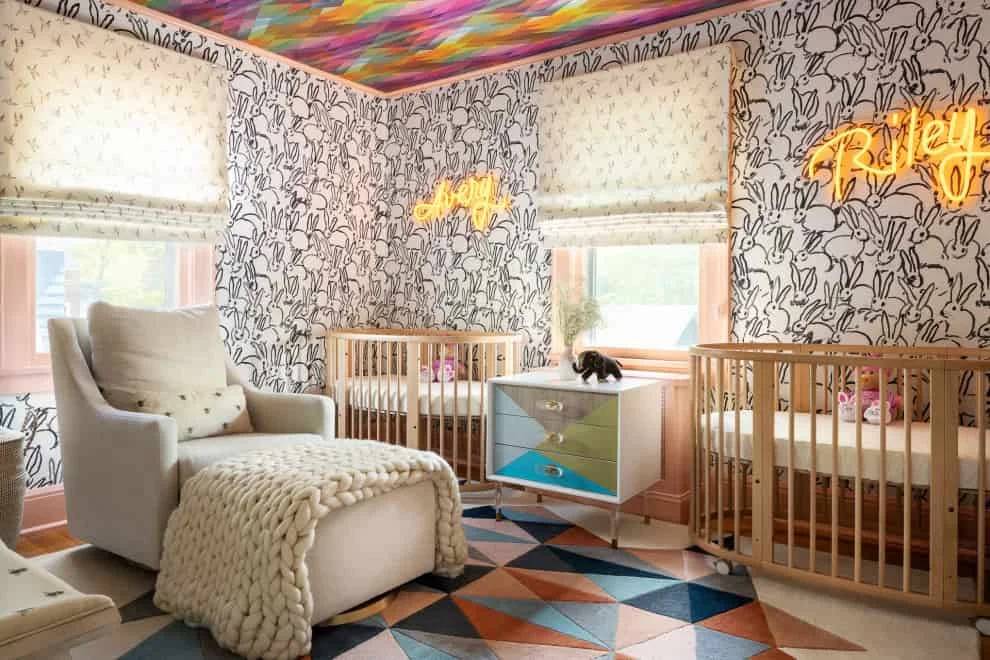 20 Sweet Eclectic Children's Room Designs with Boho Style
20 Sweet Eclectic Children's Room Designs with Boho Style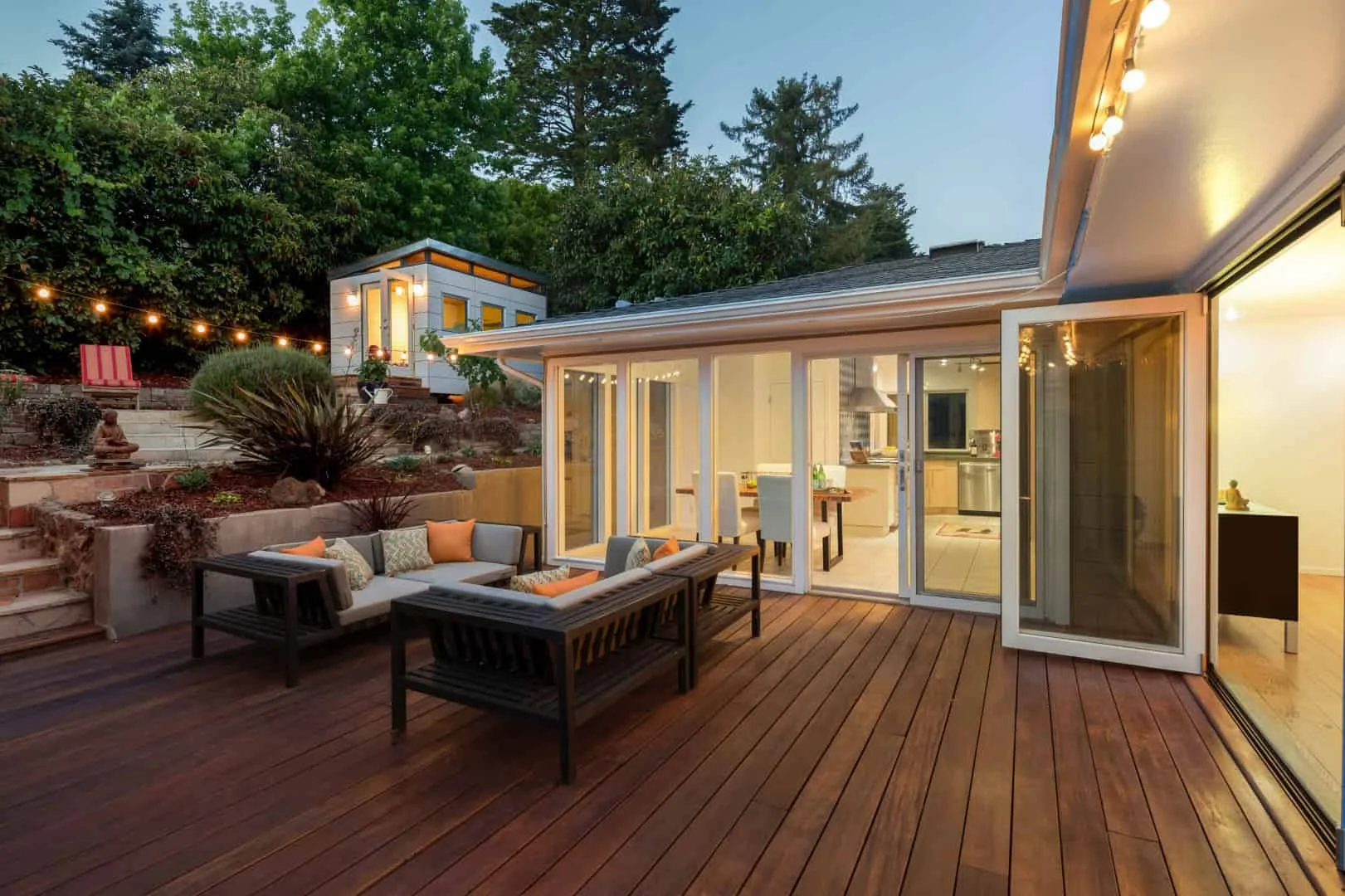 20 Transitional Terrace Projects for the Perfect Outdoor Recreation Space
20 Transitional Terrace Projects for the Perfect Outdoor Recreation Space 20 Magical Fall Sign Decorations You Should Have This Season
20 Magical Fall Sign Decorations You Should Have This Season 20 Amazing July 4th Centerpiece Designs Everyone Will Talk About
20 Amazing July 4th Centerpiece Designs Everyone Will Talk About 20 Stunning Bathroom Design Projects for Fall Welcome
20 Stunning Bathroom Design Projects for Fall Welcome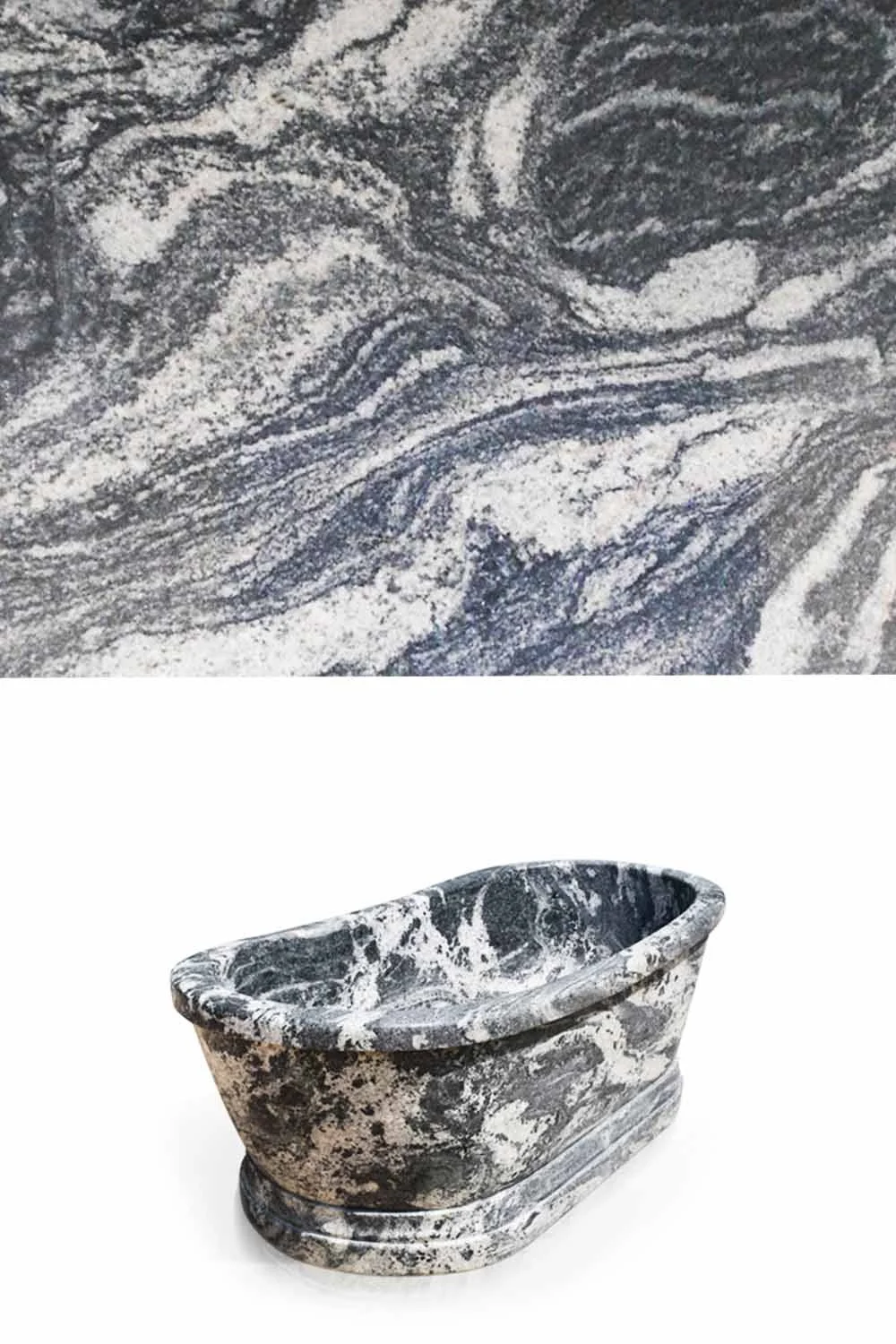 2022 Trend: Stone Baths for Large and Small Bathrooms
2022 Trend: Stone Baths for Large and Small Bathrooms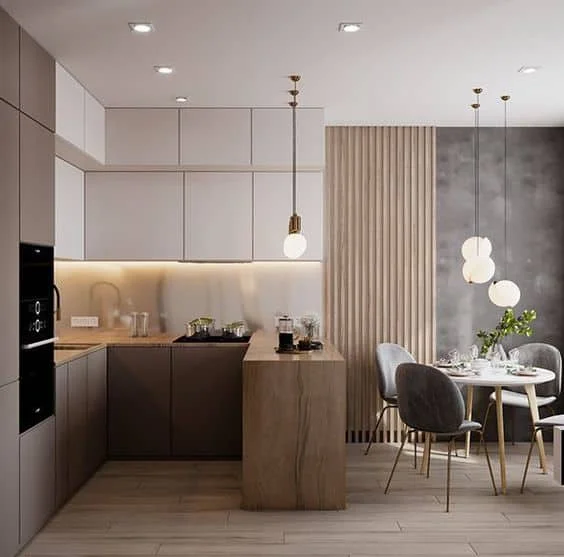 3 BIG KITCHEN TRENDS FOR 2023
3 BIG KITCHEN TRENDS FOR 2023